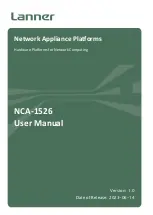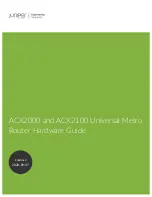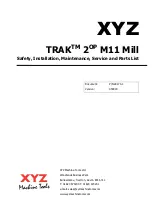
Table 6-10
Initial state of each device
Device
Port
Configuration BPDU
DeviceA
Port A1
{0, 0, 0, Port A1}
Port A2
{0, 0, 0, Port A2}
DeviceB
Port B1
{1, 0, 1, Port B1}
Port B2
{1, 0, 1, Port B2}
DeviceC
Port C1
{2, 0, 2, Port C1}
Port C2
{2, 0, 2, Port C2}
2.
Configuration comparison and result
describes configuration comparison process and result.
NOTE
The fields in a configuration BPDU are {root ID, root path cost, sender BID, PID}.
Table 6-11
Topology calculation process and result
Dev
ice
Comparison
Configuration BPDU
After Comparison
Devi
ceA
l
Port A1 receives the configuration BPDU {1,
0, 1, Port B1} from Port B1 and finds it inferior
to its own configuration BPDU {0, 0, 0, Port
A1}, so Port A1 discards the received
configuration BPDU.
l
Port A2 receives the configuration BPDU {2,
0, 2, Port C1} from Port C1 and finds it inferior
to its own configuration BPDU {0, 0, 0, Port
A2} superior, so Port A2 discards the received
configuration BPDU.
l
DeviceA finds that the root bridge and
designated bridge specified in the
configuration BPDUs on its ports are both
itself. Therefore, DeviceA considers itself as
the root bridge and periodically sends
configuration BPDUs from each port without
modifying the BPDUs.
l
Port A1: {0, 0, 0, Port
A1}
l
Port A2: {0, 0, 0, Port
A2}
Huawei AR530&AR550 Series Industrial Switch Routers
Configuration Guide - Ethernet Switching
6 STP/RSTP Configuration
Issue 01 (2014-11-30)
Huawei Proprietary and Confidential
Copyright © Huawei Technologies Co., Ltd.
176
















































